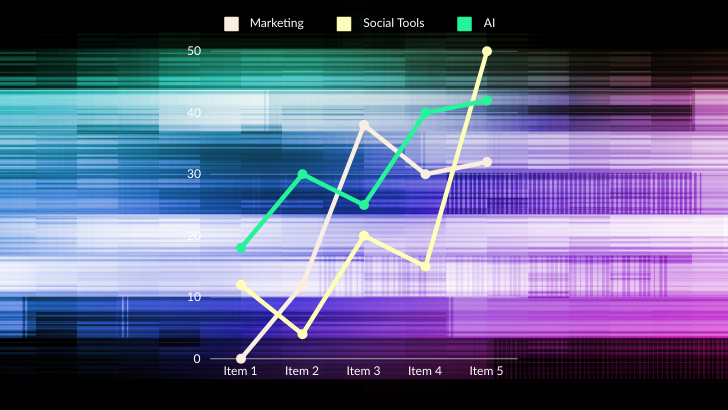In the era of digital transformation the branch network plays an unprecedented role in delivering business value. Digital transformation refers to the disruption and evolution of business models and processes through new technologies leveraging cloud, mobility, social media, and IoT. Many digital transformation initiatives are centered around cloud-based business applications. These initiatives span the length of the enterprise, enabling new operational efficiencies and customer engagement opportunities. For most organizations, these applications are hosted in both the public and private cloud, adding complexity to optimizing WAN connectivity.
Enterprise IT managers often find that legacy WAN architectures are simply outdated for the demands of distributed enterprises where branch offices, warehouses, storefronts, and remote workers need to be seamlessly and securely connected to headquarters and myriad public and private cloud SaaS applications. IDC has found a number of benefits associated with rapidly emerging SD-WAN architectures.
Software-defined WAN (SD-WAN) is making true digital transformation possible for many distributed organizations. By optimizing connectivity methods over the WAN while providing centralized management (including security and policy enforcement), SD-WAN can offer improved performance of SaaS applications on the network, allowing organizations to realize a better ROI on digital transformation-related cloud application initiatives, while seeing stronger performance of mission-critical day-to-day applications.
Ideal for the transforming needs of branch networks
Specifically, how does SD-WAN solve connectivity challenges for branch offices and remote locations? Among the more prominent challenges addressed by SD-WAN is supporting the bandwidth required for a barrage of cloud-based business applications at traditionally constrained branch locations and remote offices, while also ensuring reliable and secure access. Additionally, there is the challenge of matching applications to the best connectivity methods with regard to cost and performance. SD-WAN has the potential to best leverage internet, DSL/cable, private line, MPLS, Ethernet, and 4G/LTE depending on specific use case needs.
Further insight into how SD-WAN optimizes application connectivity for the digital era can be found in our recent whitepaper, sponsored by EarthLink, which examines how digital transformation and cloud computing have necessitated a significant reassessment of the WAN, especially for branch offices and remote workers. It explores how and why SD-WAN has arisen in a response to new requirements. The paper also examines EarthLink’s approach to SD-WAN which leverages technology from SD-WAN vendor VeloCloud and combines it with EarthLink’s extensive portfolio of customized professional services and long-established network capabilities. This is our second piece in a series on the impact of SD-WAN; be sure to read our first post for additional detail.



